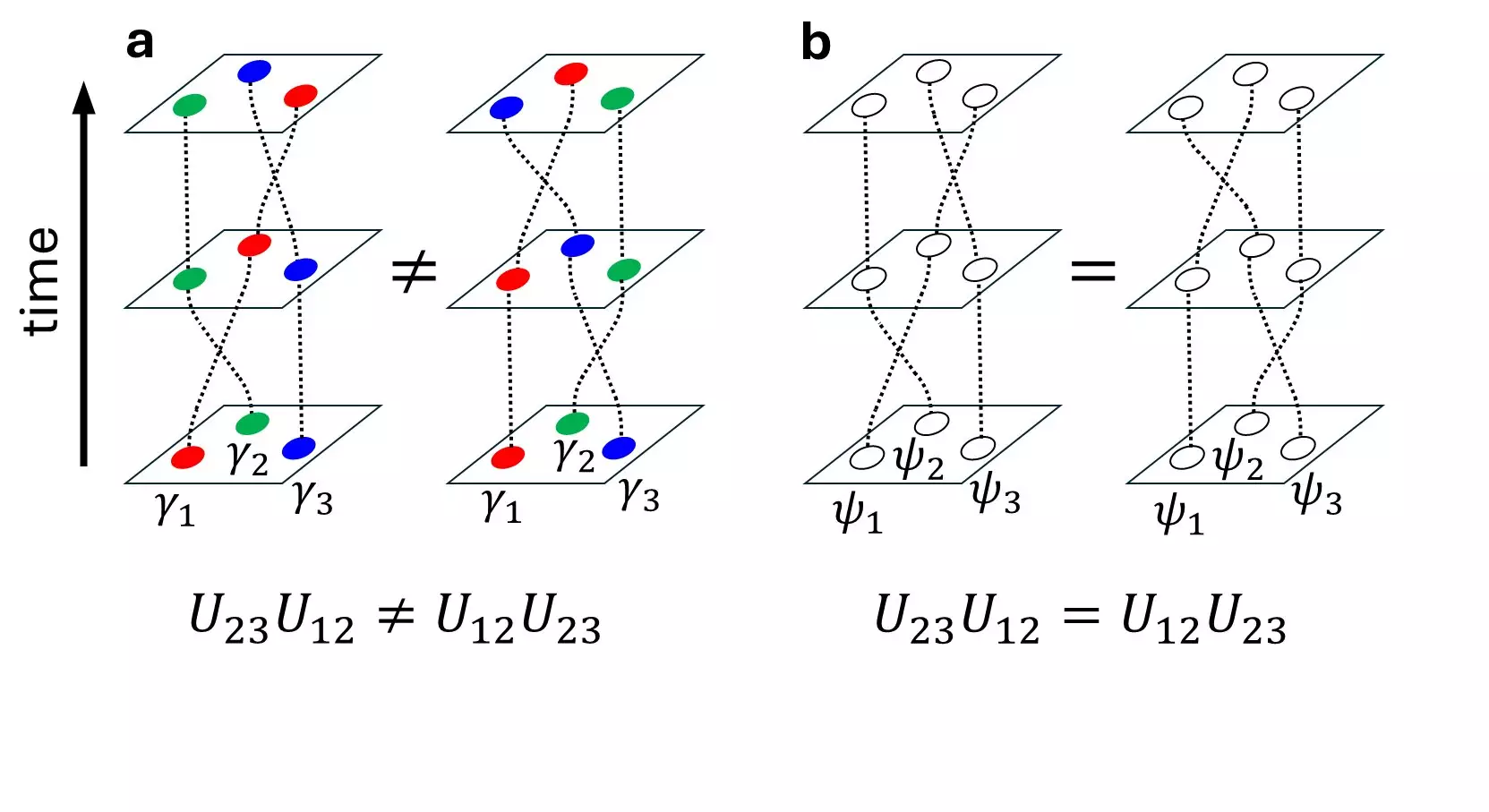The world of quantum computing is ever-evolving, teeming with potential and fraught with challenges. Recent developments highlight the pioneering discovery of multiple Majorana zero modes (MZMs) residing within a single vortex of the superconducting topological crystalline insulator SnTe. This groundbreaking research, spearheaded by an international team of scientists, exemplifies the innovative strides being made in the quest for fault-tolerant quantum computation. By leveraging crystal symmetry to control MZM coupling, the study opens new avenues for harnessing these enigmatic quasiparticles, offering hope for the future of stable and reliable quantum systems.
MZMs are a unique class of quasiparticles characterized by their zero energy state and topologically nontrivial nature. Their most fascinating property lies in their adherence to non-Abelian statistics—a phenomenon that distinguishes them from conventional particles like electrons and photons. In the quantum realm, this non-Abelian behavior means that the sequence of braiding operations performed on MZMs can yield different outcomes despite an identical number of exchanges; this unique trait offers substantial resistance to local perturbations. Such robustness positions MZMs as ideal candidates for the construction of quantum bits or qubits in quantum computing, effectively enhancing the fidelity and integrity of quantum operations.
Despite their potential, the practical implementation of MZMs within quantum systems has been hampered by significant difficulties. These arise primarily from the inherent spatial separation of MZMs, which complicates necessary interactions and manipulations. Traditionally, the process of achieving braiding and hybridization required invasive methods, including substantial magnetic fields and spatial movements that could undermine qubit stability. Researchers have long sought to circumvent these barriers, but the complexities of manipulating MZMs remained largely unresolved.
In response to these ongoing challenges, the collaborative effort between the Hong Kong University of Science and Technology (HKUST) and Shanghai Jiao Tong University (SJTU) marks a pivotal departure from conventional methodologies. The research team, comprised of accomplished physicists such as Prof. Junwei Liu, Prof. Jinfeng Jia, and Prof. Yaoyi Li, focused on crystal-symmetry-protected MZMs. Their approach utilized the desirable attributes of crystal symmetry to obviate the challenges associated with real space manipulation.
Through meticulous experiments and theoretical simulations, the team demonstrated the existence and hybridization of multiple MZMs within a single vortex of SnTe. Notably, their findings revealed compelling changes in the zero-bias peak—a critical indicator of MZMs—when subjected to tilted magnetic fields within the SnTe/Pb heterostructure. The experimental group’s observations were soon corroborated by extensive numerical simulations conducted by the HKUST theoretical team, leading to the unambiguous identification of the underlying crystal-symmetry-protected MZMs.
The implications of this discovery extend far beyond the realm of theoretical physics. By successfully demonstrating the hybridization of multiple MZMs without the need for cumbersome manipulations or intense magnetic fields, this research lays the groundwork for future experimental endeavors aimed at exploring non-Abelian statistics in real-world settings. As the team harnesses their expertise in low-temperature scanning tunneling microscopy and advanced theoretical simulations, the potential to discover novel properties in vortex systems expands significantly.
Furthermore, this research holds promise not only for the experimental realization of non-Abelian statistics but also for the development of innovative topological qubits and quantum gates. The exploration of crystal-symmetry-protected MZMs could redefine our understanding of how quantum information is processed, paving the way for more robust, stable, and fault-tolerant quantum computer architectures.
The identification and manipulation of multiple Majorana zero modes in SnTe represents a monumental advancement in the landscape of quantum computing. The strategic embrace of crystal symmetry as a mechanism for addressing existing challenges exemplifies the inventive spirit prevalent in modern physics research. The path illuminated by this collaborative venture not only enhances the existing body of knowledge but also inspires future investigations into the promising frontier of topological quantum computing. As we stand on the cusp of these developments, the prospect of achieving practical, fault-tolerant quantum systems moves ever closer to reality.

